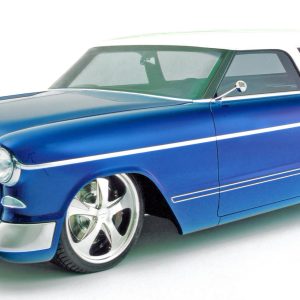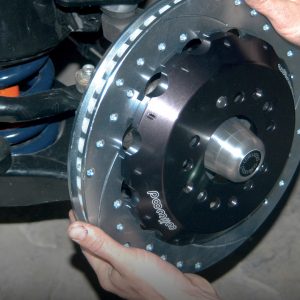
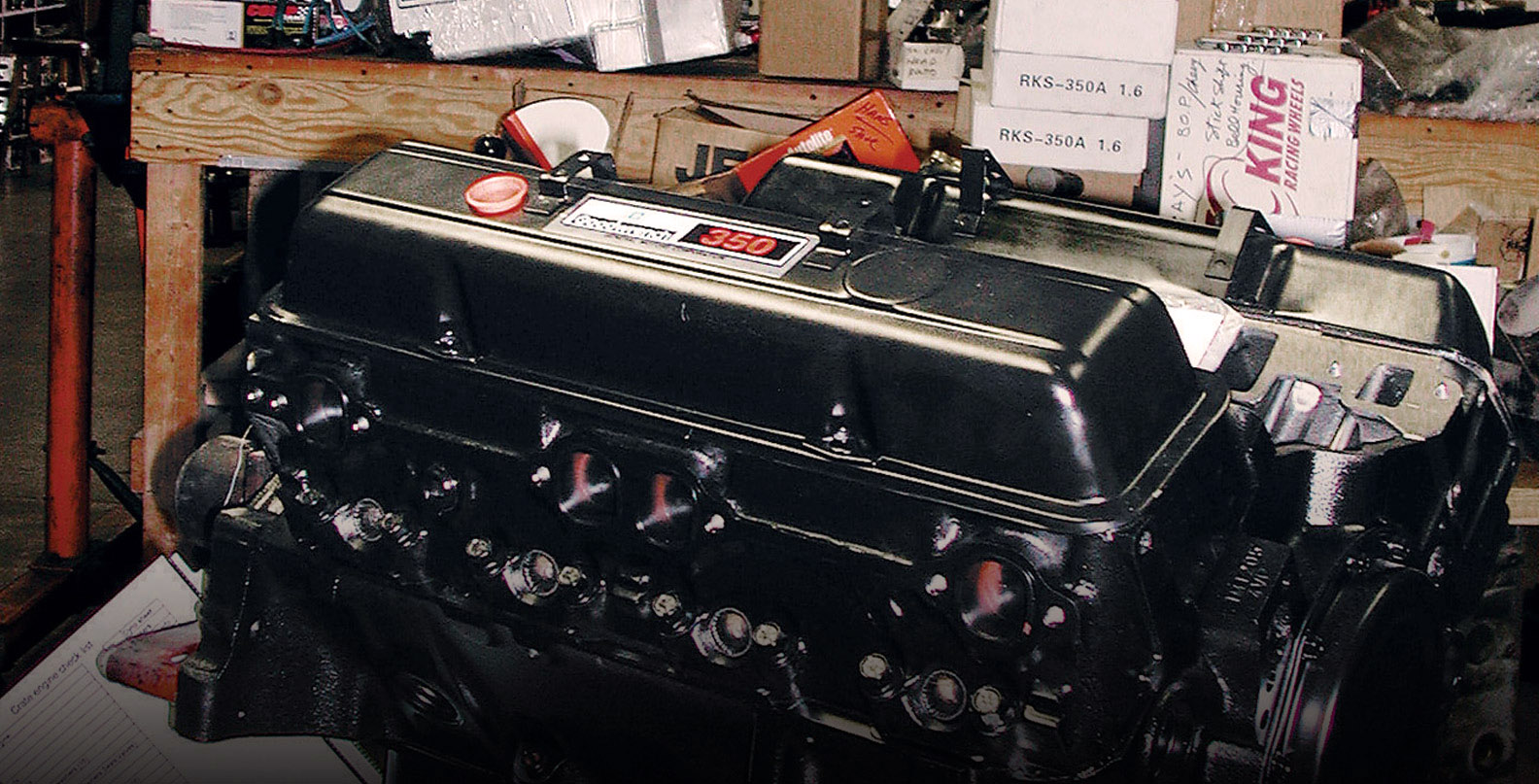

THE AUTO BUILDER
Featured

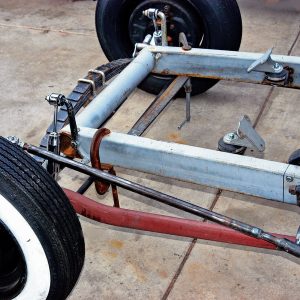
Nostalgia Rod

PRODUCT SPOTLIGHT: AirSafe Emergency Support Kit TM by R.S. Restorations
- All Post
- 20 High Priority - SR Super Rod
- Builds
- 25 High Priority - FB Ford Builder
- Cars
- 30 High Priority - AR American Rodder
- 01 Post Status
- 35 High Priority - RD Rodders Digest
- 40 High Priority - OTR On the Road
- 45 High Priority - SRB Street Rod Builder
- 50 High Priority - TB Truck Builder
- 55 High Priority - BSCENE Buckaroo Scene
- 60 High Priority - FPB Family Power Boat
- Trucks
- Swaps
- Performance Boats
- _000 Home Sliders
- Builders
- 00 Sidebars
- Manufacturers
- 05 High Priority - HCI Hot Compact Imports
- 05 Publications
- 10 High Priority - CR Chevy Rumble
- Back
- Chassis
- Engine
- Fuel System
- Electrical
- Exhaust
- Transmission / Drivetrain
- Suspension
- Steering
- Brakes
- Wheels and Tires
- Interior
- Exterior
- Accessories
- Power Adders
- Back
- Chassis
- Engine
- Fuel System
- Electrical
- Exhaust
- Transmission / Drivetrain
- Suspension
- Steering
- Brakes
- Wheels and Tires
- Interior
- Exterior
- Accessories
- Power Adders
- Back
- Chassis
- Engine
- Electrical
- Exhaust
- Fuel System
- Transmission / Drivetrain
- Suspension
- Steering
- Brakes
- Wheels and Tires
- Interior
- Exterior
- Accessories
- Power Adders
- Back
- Chassis
- Engine
- Electrical
- Exhaust
- Fuel System
- Transmission / Drivetrain
- Suspension
- Steering
- Brakes
- Wheels and Tires
- Interior
- Exterior
- Accessories
- Power Adders
- Back
- Chassis
- Engine
- Fuel System
- Electrical
- Exhaust
- Transmission / Drivetrain
- Suspension
- Steering
- Brakes
- Wheels and Tires
- Interior
- Exterior
- Accessories
- Power Adders
- Back
- Chassis
- Engine
- Fuel System
- Electrical
- Exhaust
- Transmission / Drivetrain
- Suspension
- Steering
- Brakes
- Wheels and Tires
- Interior
- Exterior
- Accessories
- Power Adders
- Back
- Chassis
- Engine
- Fuel System
- Electrical
- Exhaust
- Transmission / Drivetrain
- Suspension
- Steering
- Brakes
- Wheels and Tires
- Interior
- Exterior
- Accessories
- Power Adders
- Back
- Engine
- Fuel System
- Electrical
- Outdrives
- Steering
- Interior
- Accessories
- Power Adders
- Exterior and Hull
- Back
- Chassis
- Engine
- Electrical
- Exhaust
- Fuel System
- Transmission / Drivetrain
- Suspension
- Steering
- Brakes
- Wheels and Tires
- Interior
- Exterior
- Accessories
- Power Adders
- Back
- Chevrolet
- Cadillac
- Pontiac
- AMC
- Buick
- Jeep
- Lincoln
- Ford
- Honda
- GMC
- BMW
- Mitsubishi
- Dodge
- Nissan
- Chrysler
- Subaru
- Toyota
- Plymouth
- Mercury
- Volvo
- Volkswagen
- Oldsmobile
- Acura
- Back
- 05 Pub HCI Hot Compact Imports
- 15 Pub 4x4 4x4 Builder
- 20 Pub SR Super Rod
- 25 Pub FB Ford Builder
- 30 Pub AR American Rodder
- 35 Pub RD Rodders Digest
- 40 Pub OTR On the Road
- 55 Pub BSCENE Buckaroo Scene
- 10 Pub CR Chevy Rumble
- 50 Pub TB Truck Builder
- 60 Pub FPB Family Power Boat
- 45 Pub SRB Street Rod Builder
- Back
- Chip Foose
- Ring Brothers
- Jack Fuller
- Bob Cullipher
- Jerry Nichols
- Bobby Alloway
- Jesse James
- Carl Casper
- J.F. Launier
- Steve Sellers
- Boyd Coddington
- Rad Rides by Troy
- Cal Auto Creations
- George Barris
- West Coast Customs
- Back
- Street Rods
- Hot Rods
- Late Model
- Drag Race
- Handling
- Compact Cars
- Chassis
- Engine
- Fuel System
- Electrical
- Exhaust
- Transmission / Drivetrain
- Suspension
- Steering
- Brakes
- Wheels and Tires
- Interior
- Exterior
- Accessories
- Power Adders
- Chassis
- Engine
- Fuel System
- Electrical
- Exhaust
- Transmission / Drivetrain
- Suspension
- Steering
- Brakes
- Wheels and Tires
- Interior
- Exterior
- Accessories
- Power Adders
- Chassis
- Engine
- Electrical
- Exhaust
- Fuel System
- Transmission / Drivetrain
- Suspension
- Steering
- Brakes
- Wheels and Tires
- Interior
- Exterior
- Accessories
- Power Adders
- Chassis
- Engine
- Electrical
- Exhaust
- Fuel System
- Transmission / Drivetrain
- Suspension
- Steering
- Brakes
- Wheels and Tires
- Interior
- Exterior
- Accessories
- Power Adders
- Chassis
- Engine
- Electrical
- Exhaust
- Fuel System
- Transmission / Drivetrain
- Suspension
- Steering
- Brakes
- Wheels and Tires
- Interior
- Exterior
- Accessories
- Power Adders
- Chassis
- Engine
- Fuel System
- Electrical
- Exhaust
- Transmission / Drivetrain
- Suspension
- Steering
- Brakes
- Wheels and Tires
- Interior
- Exterior
- Accessories
- Power Adders
- Back
- 05 Post Imported
- 20 Post Missing Images (All)
- 25 Post Missing Images (Partial)
- 15 Post In Progress
- 30 Post Internal Review
- 40 Post On Hold
- 50 Post Approved
- 10 Post Images Imported
- 17 Post Missing TXT Files
- 18 Post Missing PDF Files
- 27 Post Missing Content
- Back
- Chassis
- Engine Swaps
- Interior Swaps
- Driveline
- Back
- Street Trucks
- OffRoad Trucks
- Chassis
- Engine
- Fuel System
- Electrical
- Exhaust
- Transmission / Drivetrain
- Suspension
- Steering
- Brakes
- Wheels and Tires
- Interior
- Exterior
- Accessories
- Power Adders
- Chassis
- Engine
- Fuel System
- Electrical
- Exhaust
- Transmission / Drivetrain
- Suspension
- Steering
- Brakes
- Wheels and Tires
- Interior
- Exterior
- Accessories
- Power Adders
- Back
- 01 Sidebar Left
- 01 Sidebar Right
445HP GM TARGETMASTER
Starting With a 250hp Replacement Engine, Joe Sherman Racing Adds an Additional 195hp
Author

Doug Marion
Words & Photography
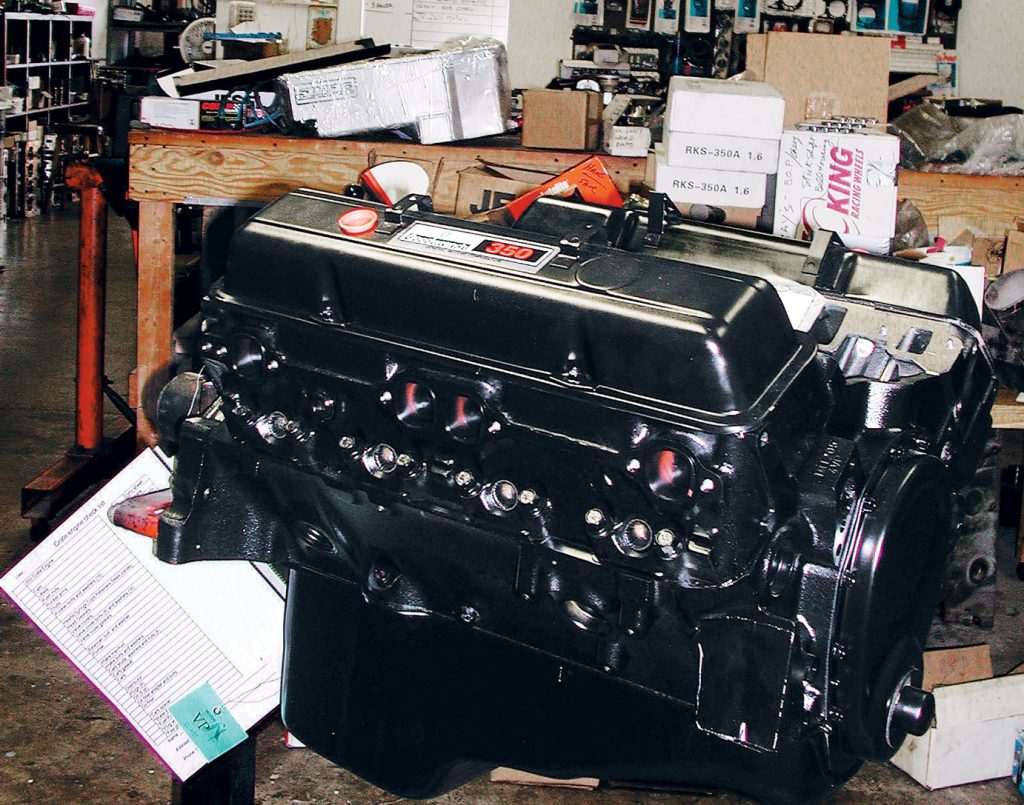
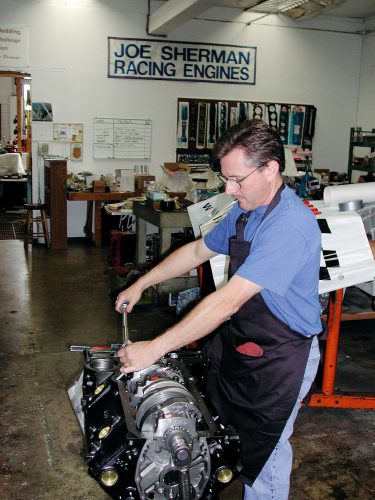 Some Years Ago, Chevrolet Began Lowering Engine Compression (To 8.50:1) In An Effort To Meet Tailpipe Emissions Numbers. It Also Retarded Camshaft Timing In An Effort To Lower NOX (Nitrides Of Oxygen/Unburned Particulates). By 1974, Horsepower, Torque And Overall Engine Efficiency Had Dropped Some 30 Percent To 50 Percent. Chevy’s RPO L48 And LM1 350 Small-Block V-8s Then Got A Flow-Restrictive Catalytic Converter In 1975, And Finally In 1985, A New Monolith Catalytic Converter, As Well As Direct-Port Fuel Injection And Improved Camshaft Timing, Boosted Horsepower, Torque And Engine Efficiency.
Some Years Ago, Chevrolet Began Lowering Engine Compression (To 8.50:1) In An Effort To Meet Tailpipe Emissions Numbers. It Also Retarded Camshaft Timing In An Effort To Lower NOX (Nitrides Of Oxygen/Unburned Particulates). By 1974, Horsepower, Torque And Overall Engine Efficiency Had Dropped Some 30 Percent To 50 Percent. Chevy’s RPO L48 And LM1 350 Small-Block V-8s Then Got A Flow-Restrictive Catalytic Converter In 1975, And Finally In 1985, A New Monolith Catalytic Converter, As Well As Direct-Port Fuel Injection And Improved Camshaft Timing, Boosted Horsepower, Torque And Engine Efficiency.
These ’71-’84 low-performance 350 V-8s are quite similar to the GM “Targetmaster” crate engine. It has been available over the counter since the late ’70s in long-block form (no induction or ignition) as a direct replacement for Chevy cars and pickups. It is assembled from brand-new parts and is not a rebuilt/remanufactured engine.
Its cast-iron heads feature 1.94- and 1.50-inch valves with 72cc combustion chambers. Its pistons are cast-aluminum dished types, the connecting rods are H-beam types, the crankshaft is of nodular-iron configuration, and the iron block features four-bolt-main bearing caps. The compression ratio is 8.5:1 and the camshaft is a hydraulic, smooth-idle, low-lift, non-performance grind. With a cast-iron intake manifold and four-barrel carburetor, horsepower is estimated to be in the 250 range. We know that this is acceptable for many, because GM sells a lot of Targetmaster 350 engines. But this is not an engine for anyone reading Chevy Rumble.
We have, however, always wanted to know what potential this engine might have if it were to use a streetable performance camshaft, matching high-rise intake manifold and correctly jetted carburetor. It was our guess that 300 hp to 325 hp and 300 to 330 lb-ft of torque would be easily attainable.
We Want More!
Fine, you say, but what’s the absolute peak output? What can a Targetmaster 350 produce with a little better compression ratio, a better camshaft, bigger heads, and premium induction, ignition and exhaust? And finally, what would the approximate cost be for this total package? Like you, we have seen numerous engines advertised around $4,500 to $4,999, so we thought the Targetmaster deserved a closer look.
With this in mind, we ventured to Santa Ana, California, to visit with respected engine builder Joe Sherman, who won the Small-Block Engine Masters event in 2002 with a 365ci small block featuring 11.4:1 compression. Its peak horsepower and torque outputs were 604 at 6,500 rpm and 528 at 5,100 rpm. Its average horsepower and torque across the entire rpm range were 422 and 482, respectively. Sherman earned a cool $75,000 for his efforts, so you know going in that he knows engines and how to build one by matching engine parts correctly.
An interesting side note: Sherman was also one of the very first to make a 409 W-motor produce enough power to make a Chevy Bel Air run 10.70 e.t.’s. That was some 15 years ago, and he put a bunch of quarter-mile passes on that car.
Sherman builds Chevy street and race engines for customers as far away as Sweden and Norway, and he is a master at getting the potential buyer to state exactly what he wants his engine to do. As a result, he has many different Targetmaster head/camshaft/induction combinations. The engine seen here was destined for a four-speed Chevelle with 4.10:1 12-bolt differential, soft rubber rear tires, headers and turbo mufflers. The owner didn’t want to hurt the engine in any way, but he did not want to leave any power potential on the engine bench, either. Sherman suggested his “445 hp at 6,000 rpm and 432 lb-ft of torque” Targetmaster 350. (For the record, he also builds a series of 383ci small blocks that produce 430 hp to 450-plus horsepower, for a higher price.)
We were amazed that Sherman could coax another 195 hp from a 250hp 350 Targetmaster. How would he and assistant John McKinley do it? We made three trips to his shop to find out. The first trip was to watch the original engine being disassembled, the second was to witness its modifications and reassembly, and on our third trip we saw it perform on Sherman Racing’s Superflow computer-controlled engine dynamometer.
Sherman has so many combinations that we cannot begin to list them all. By talking to a buyer, he can dial in to the absolutely correct combination, both power-wise and cost-wise. Will he reveal this information over the telephone to anyone reading this story? Not likely. This is his livelihood. Sometimes he will charge a fee of $300 to list an entire engine combination for someone who, for some reason, cannot buy from him. He is available to talk to you about your engine problems, but only if it concerns buying his engine.
Item No. 1: Pistons/Compression Ratio
Sherman let us know that the new Targetmaster 350 blocks are tall. The cast-aluminum dish piston sits “a bunch” below the deck. This means a compression ratio of 8.5:1 or less. Speaking from vast experience, small-block Chevy V-8s do not like a compression ratio this low. Overall efficiency, even with a smooth-idle camshaft, is impossible to generate. Sherman decided to fit this engine with a Keith Black domed, forged-aluminum piston. In a 0-deck-height block, it would have an 11.0:1 compression ratio. But well below deck height, the compression ratio would be about 10.6:1. Perfect, Sherman says, for a street/strip performance engine running pump gas.
Item No. 2: Heads/Induction Combination
The cast-iron Targetmaster heads feature medium ports. By comparison, they are down 40 hp to 50 hp compared to what’s available in both aluminum and cast iron. Valve pocket porting can gain back 20 hp to 25 hp. For the most part, Sherman shies away from the Targetmaster heads in favor of factory Vortec heads, World Products iron heads or aluminum heads. In this case, he used Edelbrock PN 6089 (casting number 6088) Performer RPM heads. Port matching is done, but not much more, unless the owner so desires.
In short, Sherman discusses with the customer at length what he wants to accomplish. Then he explains the exact buildup as he sees it. Nothing is left to chance, except for the carburetor. Sherman does not include one. Customers often have their own or something in mind, so they are not forced to buy one with his combination. He will, of course, sell you one individually if you choose.
Joe Sherman Racing offers intake manifolds for every type of driving and performance need. He makes exact recommendations based on the overall combination. This Targetmaster 350 was to be equipped with an Edelbrock Performer RPM Air Gap manifold. It is a 180-degree manifold, so it has good, low-rpm throttle response. Its features were designed to help create great torque and horsepower across the entire rpm scale. This Targetmaster engine comes with a nodular-iron crankshaft, so Sherman says its rev limit should be 6,000 rpm.
Item No. 3: Camshaft
Take your pick—there are dozens from which to choose, and from many manufacturers. Many believe bigger is better, but if you don’t have the exhaust system, torque-converter stall speed and gear ratio, you may just shoot yourself in the foot. For a 445hp (at 6,000 rpm) 350 with high-flow Edelbrock aluminum heads and Performer Plus Air Gap intake manifold, Sherman chose a camshaft he has already had plenty of good luck with, dollar for dollar and all things considered. It’s a Comp Cams hydraulic (PN 12-246-3). The grind number is CS-XE274H-10. Its valve lift is 0.490 inch on the intake and exhaust and the duration is split, 274 degrees on the intake and 286 degrees in the exhaust.
In case you did not know, factory high-performance valve springs and most head pads can handle a cam with 0.499-inch valve lift. At 0.500 inch or more, coil bind sets in. So this cam does not require bigger springs or any spring pad milling. But if you choose 1.6 rocker arms, you’ll need bigger valve springs, as the total lift will be 0.523 inch.
Item No. 4: Roller Rocker Arms
Sherman believes in full roller rocker arms to help reduce friction and possible high-rpm rocker arm instability. Comp Cams’ 1.6-ratio units got the nod here. Earlier tests reveal a 16hp gain compared to 1.5-ratio units. That’s 2 hp per cylinder, which is not bad.
To check for correct valvetrain geometry, the valve-stem tips are marked and then the engine is rotated one revolution with the rocker arms installed. The valve tips are then inspected for exact center positioning with the roller rocker arm tip. If the mark is above or below the centerline, adjustments must be made; otherwise premature valve-stem and valve-guide wear will occur. As we watched, all valve tips came up center-perfect.
Item No. 5: Oiling
Unless the customer chooses otherwise, the original factory 5-quart oil pan and stock oil pump are used. We noted with interest the factory oil pan rail reinforcement bars. They distribute bolt torque and do much to eliminate gasket leaks. Sherman uses a dab of silicone sealer at each corner where the front and rear rubber gaskets meet the left and right cork gaskets.
Seen here is a brand-new Targetmaster 350 crate engine from GM Performance Parts, with Joe Sherman Racing’s personal-touch upgrades. The icing on the cake is Sherman’s assurance that his modified Targetmaster engines are all “extremely reliable.” We always take note of an engine’s torque output and torque curve. Sherman’s dyno test began at 4,000 rpm and ended at 6,300 rpm. From the base rpm to 6,000 rpm, the torque output dropped only 29 lb-ft (421 to 390). Horsepower increased from 321 at 4,000 rpm to 445 at 6,000 rpm. The original Targetmaster would have registered about 250 hp at 4,000 rpm and no more. Joe Sherman Racing’s select bolt-on aftermarket parts combination makes for one impressive pump-gas street engine.
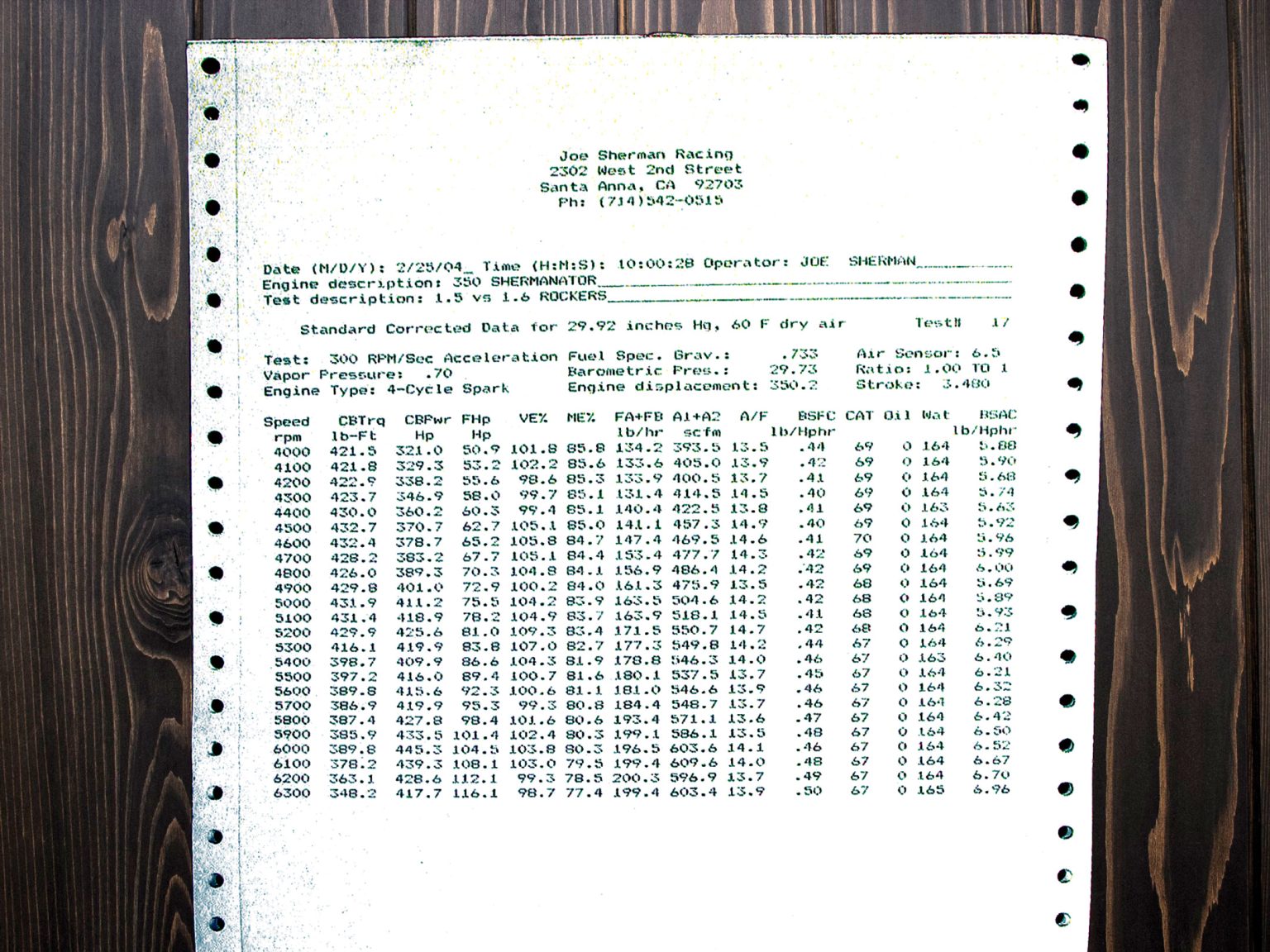
ARTICLE SOURCES
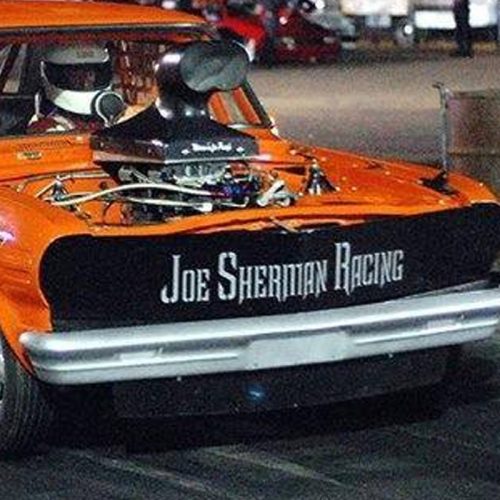
Joe Sherman Racing
2302 W 2nd St
Santa Ana, CA 92703
(714) 542-0515
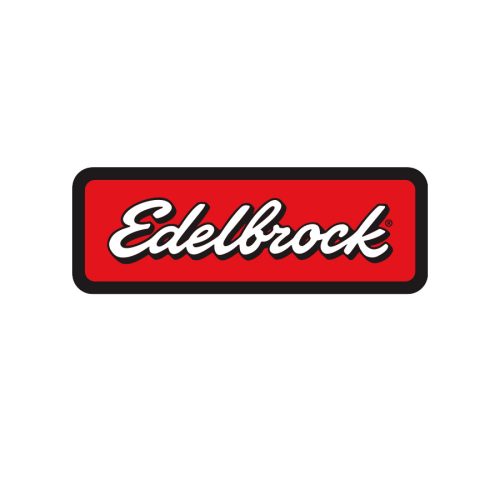
Edelbrock/Comp Cams
8649 Hacks Cross Rd.
Olive Branch, MS. 38654
1-800-999-0853
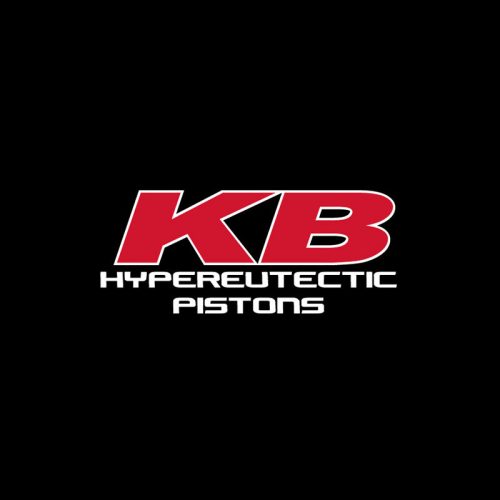
KB Performance Pistons
#1040 Corbett St.
Carson, NV 89706
(714) 542-0515
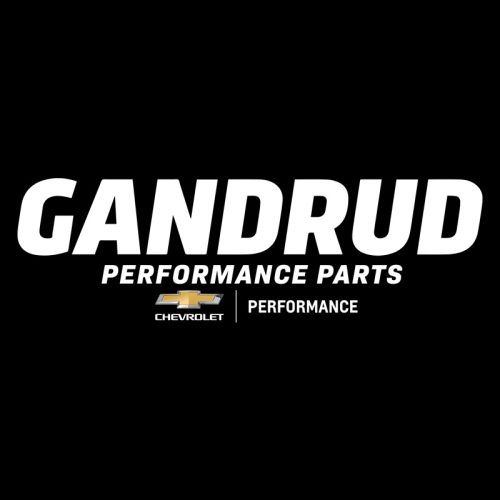
GM Performance Motor
Gandrud Chevrolet
919 Auto Plaza Dr.
Green Bay, WI 54302
(888) 284-7491
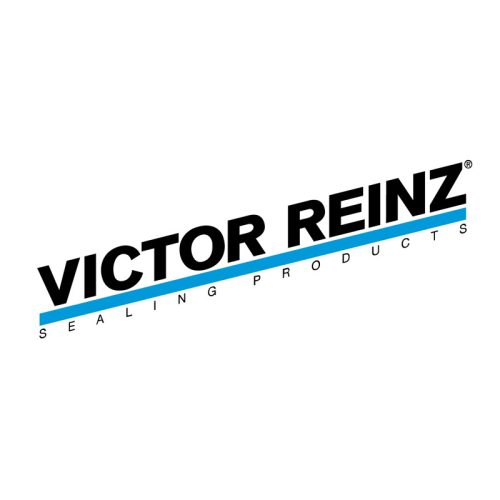
Victor Reinz
REINZ-Dichtungs-GmbH
Reinzstraße 3-7
89233 Neu-Ulm
Germany





